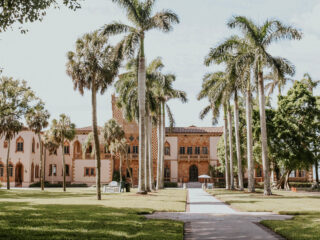
German Photographer Karl Blossfeldt’s Famous Urformen der Kunst Set
Karl Blossfeldt was a German photographer and sculptor known for his exceptional botanical photography. He was born on June 13, 1865, in Germany and became recognized for his detailed and precise images of plant forms. Blossfeldt’s work focused on capturing the intricate structures and textures found in nature, emphasizing the beauty and design present in botanical specimens.
Karl Blossfeldt was a German photographer and sculptor known for his exceptional botanical photography. He was born on June 13, 1865, in Germany and became recognized for his detailed and precise images of plant forms. Blossfeldt’s work focused on capturing the intricate structures and textures found in nature, emphasizing the beauty and design present in botanical specimens.


Background and Education
Blossfeldt initially trained as a sculptor and worked as an assistant in the modeling workshop at the Royal Porcelain Factory in Berlin. His interest in plants and their forms led him to explore botanical photography as a means of studying and documenting nature’s intricate designs.

“Urformen der Kunst” (Art Forms in Nature)
Blossfeldt’s most famous work is the book “Urformen der Kunst,” published in 1928. It features a collection of 120 photogravures showcasing close-up images of plant parts, including leaves, flowers, stems, and seed pods. The book became highly influential and celebrated for its artistic and scientific qualities.

Photographic Technique
Blossfeldt developed a unique photographic technique to capture the exquisite details of plants. He used a large-format camera with magnifying lenses and created his own customized light sources to illuminate the subjects. His photographs were taken against plain backgrounds, highlighting the forms and textures of the plant specimens.

Attention to Detail
Blossfeldt’s meticulous approach to capturing botanical details allowed him to reveal the hidden intricacies and patterns within plants. His photographs often showcased the symmetries, repetitive structures, and organic geometries present in nature. By isolating and magnifying these elements, Blossfeldt revealed the underlying artistic qualities of plant life.












Looking for more?





Leave a Reply